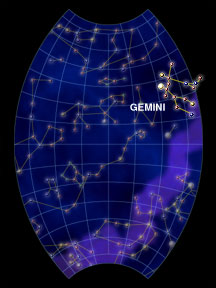Gemini is a member of the Zodiac. To find the Twins, look for the bright stars Castor and Pollux.
Click on image for full size
Windows to the Universe original image
Gemini
Gemini is one of the more famous constellations. The Twins are best seen during the winter and early spring in the Northern Hemisphere. If you live in the Southern Hemisphere, look for Gemini in the summer. Gemini is a part of the Zodiac, which is a group of stars which the Sun travels through each year.
Gemini is very easy to find, just look for the two bright stars called Castor and Pollux. They represent the heads of the twins, while fainter stars sketch out two bodies. Gemini is right between Cancer and Taurus. Gemini is one of the few constellations that actually looks like the figure it represents.
Many different civilizations saw this pair in the sky. Ancient Greeks saw the twins Castor and Pollux, sons of Leda and Zeus. The Romans saw the brothers Romulus and Remus, two heroes that founded Rome. Both the Greeks and the Romans believed the twins were raised by the centaur, Chiron. Chiron sent them to help Jason find the Golden Fleece. The twins saved Jason's ship from a violent storm, and were honored with a place in the sky with the gods.
There are a few interesting objects to look at around Gemini. M35 is a bright open cluster, located near the "feet" of the twin on the right. There is also a planetary nebula called NGC 2392 near the "arm" of the twin on the left. Several other clusters and nebulae surround Gemini, but most are too faint to see without a strong telescope.
You might also be interested in:

Many cultures have seen distinctive patterns, called constellations, formed by the stars in the heavens. Constellations are usually comprised of bright stars which appear close to each other on the sky,
...more
Below the stars of Hydra, the sea serpent, and Scorpius, the acorpion, you can find the half-man, half-horse creature, Centaurus. He faces east holding a lance-like pole which he is using to kill Lupus,
...more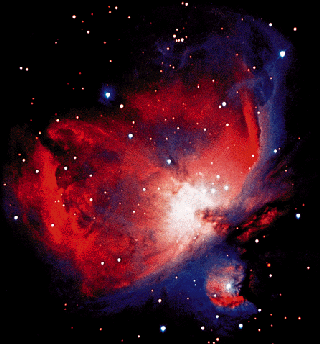
Why would we call nebulae stardust? Because the gas of which they are composed both creates and is created by stars. Stars are composed of very dense, high temperature gas. Nebulae are also composed of
...more
Many different constellations fill the evening sky in the northern hemisphere. Depending on your location and the season, different constellations can be seen. Northern circumpolar constellations can be
...more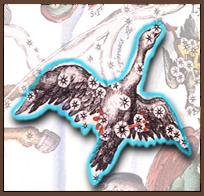
Many different constellations fill the evening sky in the southern hemisphere. Depending on your location and the season, different constellations can be seen. Southern circumpolar constellations can be
...more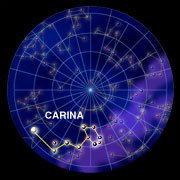
The constellation Carina is known as the Keel, which is the bottom part of old ships. Carina was originally a part of Argo Navis, which was a huge boat in the night sky. It has since been divided into
...more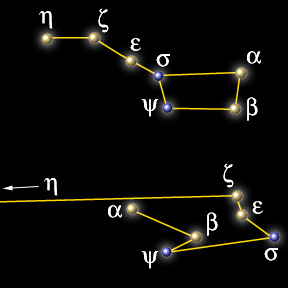
In most cases, however, the stars that we see that seem to be "close" to each other actually are quite far apart, some stars are much closer or farther than others as is shown in the example below of Ursa
...more
In our time, scientists (and most people!) know that the constellations seem to move across the sky because the earth rotates on its axis. What, you may ask, does the turning of the earth have to do with
...more


